The WAC web info-portal prepared an essay on the history of national Abaza television, which started on June 12, 1993 on the Karachay-Cherkess State Television and Radio Company.
Bilyal Khasarokov
On June 12, 1993 on the State Television and Radio Broadcasting Company “Karachay-Cherkessia” aired the first television program in the Abaza language.
It was a festive Saturday day: June 12 - Day of Russia. And the journalist Georgy Chekalov, starting the first broadcast, welcomed the viewers with the phrase: “Today is a holiday in Russia. Abaza have a separate holiday today: for the first time, a program in Abaza is broadcasted on television.”
First program - in honor of the native language
A graduate of the Department of Journalism (Rostov-on-Don - ed.) of the Rostov State University Georgy Chekalov came to the television studio in Karachay-Cherkessia in early April 1993. By that time, the studio had been broadcasting for two and a half months only in Russian. Chekalov began to host TV cycles “Rural Weekdays”, “Close-ups”, “Criminal Chronicles” and others, was the host of information programs. But already in May, the company’s management decided to start broadcasting in national languages, and here Georgy’s five-year experience in the Abaza newspaper came in handy: he was instructed to broadcast in Abaza.
“I decided to devote the first program to the Abaza language, - recalls Georgy Konstantinovich. - Rather, it was about the problems of teaching the Abaza language in schools. We covered this topic with examples of schools in the village of Staro-Kuvinsk, where children speak Ashkhara dialect (the basis of the literary Abaza language is Tapant dialect - ed.), and the Moscovsky village, where the population that does not speak Abaza language predominates. We invited the employee of the Karachay-Cherkessia branch of the Institute of National Problems of Education of the Russian Federation Luiza Gonova to discuss the topic. It turned out quite informative.”
First year: without recording and editing
Having started broadcasting in January 1993, the Karachay-Cherkessia State Broadcasting Company had a very weak material and technical base. The studio did not even have any recording or editing equipment. All programs were broadcast live from the studio pavilion located in the building of the former House of Political Education.
“On a single Betacam camcorder with a half-hour cassette (a professional camera of the first generation, created specifically for outside television journalism - ed.), occasionally they shot small video clips, which were then inserted into the program without editing, voiced live from the studio during the broadcast, and “picture” was shot by studio cameras simply from a television monitor. The studio cameras themselves were included in the complete set of a mobile television station and had long been on last legs,” reveals the secrets of the “television kitchen” of that period Georgy Chekalov.
Work in this mode, among other inconveniences, is associated with the risk of disrupting the broadcast - after all, program participants could for some reason not be on air. However, the Almighty was merciful to television broadcasters: for the entire duration of the live broadcast, no program was disrupted. But funny things happened.
“Once we invited the creative family of the Gozhevs to the studio (Abbas-Zaur and Galina Gozhevs, famous cultural figures of Karachay-Cherkessia and Abkhazia - ed.), - Georgy Chekalov tells about one case. - The program was conceived as multicomponent: in addition to interviews with the main characters, the script included an episode of playing the mandolin by their daughter Madina and the performance of one of Galina Beslanovna’s songs by singer Dmitry Murtazov. Everything went according to the scenario, but when Dmitry Murtazov was supposed to go to the site, he was not in the pavilion - he ... went out to smoke! I had to extend the conversation until the assistant director returned the artist to the studio.”
To capture modern history
From the very beginning, the creative team that prepared the programs in the Abaza language decided on the main focus of their work - to capture the modern history and people. The “creative team” sounds, perhaps, loudly. Only one journalist and one director were directly involved in the preparation of programs in the Abaza language. The first director of television programs in the Abaza language was Marina Albotova, and since November of the same year, Marina Malkhozova took over the direction of the Abaza programs, and she continues this work to this day. Programs were announced by Fatima Chibitova.
“We tried to show the life of Abaza villages, the best achievements of the national culture, to tell about the bright representatives of the people and just about interesting people, workers. Of course, we did not ignore the more ancient history and daily topical issues,” recalls Georgy Chekalov.
At first, all national editorial offices - including the Abaza one - were given 20 minutes of airtime on the channel once a month, on Saturdays. Then the volumes gradually increased, the programs began to appear weekly, and the editors tried to fill all the time allocated to it with quality content. The results of each month were summarized in the information and journalistic magazine “Days”.
Meeting place with bright people
The “Our Customs” programs with the ethnographer Lelya Kunizheva, “Pages of History” about the toponymy of the Abaza villages with the candidate of philological sciences (now doctor - ed.) Sarah Ionova were of great interest for viewers. There were musical programs with the participation of older generation harmonica players by Lelya Khachukova, Dachauas Kopsergenova, Zarylya Tsekova, the ensembles “Abazinka”, “Sharpny”, “Abazgi”, “Amra”, “Marashta”, artists Dmitry Murtazov, Sima Chikova, Rimma Khasanova and others.
Later, on the initiative of the writer Valentina Kopersergenova, a television contest for young performers of Abaza melodies, songs, dances began to be held, through which many stars of modern Abaza pop music passed. Many TV essays were created, which told the audience about the participants of the Great Patriotic War Yusuf Kopsergenov and Tam Adzhibekov, scientists Nazir Ekba, Muhamed Tlisov, Yuri Agirbov, Rauf Klychev, doctor Alexey Huranov, artists Nurali Murtazov and Muhamed Agachev, coach Arsene Balov and many other outstanding personalities.
A separate cycle was dedicated to writers. It’s name was “On creativity”. On life. On myself” and was conceived as a monologue of a writer reflecting on the topics indicated in the title. In this format, programs were prepared with the participation of Michael Chikatuev, Kerim Mkhtse, Bemurza Thaytsuhov, Dzhemuladin Laguchev. But some writers preferred a dialogue with a journalist to the monologue, and a number of the cycle's broadcasts came out in an interview format.
“Unfortunately, the programs of the initial broadcasting period in the Abaza language did not remain in the fund, because they were live, - the author of the first TV programs complains. - Although I managed to record something from the air on a household tape recorder. Of course, these recordings are unsuitable for reproduction on air, but they can be used in schools and at events held in honor of certain people and events.”
Many materials of a later period are stored in the video library of the broadcasting company as carriers of valuable information and samples of television journalism and direction.
“On Thursdays we hurry home“
In the 26 years that have passed since the beginning of the broadcast, the possibilities of the studio and the Abaza television have changed a lot. The changes affected the production technology of programs, the formats were changed, the team changed and grew. Over the years, many young journalists have passed through the editorial office of the Abaza broadcasting. They are Alesia Shovgenova (now she is Mukayeva), Bella Takushinova (Muratkova), Albina Khachpakova (Temirova), Inna Khakonova (Kvitsinia), Aza Nakokhova (Chechenov), Radmir Dzhibabov.
The programs are now being prepared by Zaur Liev, Fatima Hunova and Angela Adzhibekova. Each of them brought a certain fresh vision to the work, contributed to the life of the editorial board. Thanks to this, the programs became more diverse, new series of programs appeared, addressed to different categories of viewers. The programs that are created with the participation of the International Association “Alashara” - the culinary program “Secrets of Taste” and the program for children “Marashta” have become very popular.
Today, the Karachay-Cherkessian State Broadcasting Company broadcasts in five languages - Russian, Karachay, Kabardino-Circassian, Abaza and Nogai. Recently, on the initiative of the company's management, the TV program “Good evening, Republic!” became the main one for all editorial staffs. Informal conversation with guests of the studio not only provides viewers with interesting information, but also entertains them with entertaining stories and musical numbers.
Of course, the editors cover all significant events in the life of the Abaza and the KChR as a whole. In preparing programs today, the possibilities of modern editing and computer graphics are used, which makes them bright and professional.
The days of the week are distributed among the national editorial boards of the GTRK. Abaza broadcast on Thursdays.
“Abaza television has become an integral part of our life,” - says Professor Sergey Pazov, a well-known scientist, vice-rector of Karachay-Cherkessk State University. - We have already developed a certain reflex: on Thursdays we are trying to finish the work early and rush home to catch our broadcast. I know that in the villages, many at this time quit all household chores and sit down before the TV screens.”
And, although now TV shows can be recorded and watched online at a convenient time for everyone, the tradition of watching them on the air on Thursday evening at the Abaza TV is preserved. All the same, unchanged, remains the main task of the editorial board: to capture the Abaza history and people.
We wish all of them to continue to delight and inspire each other!
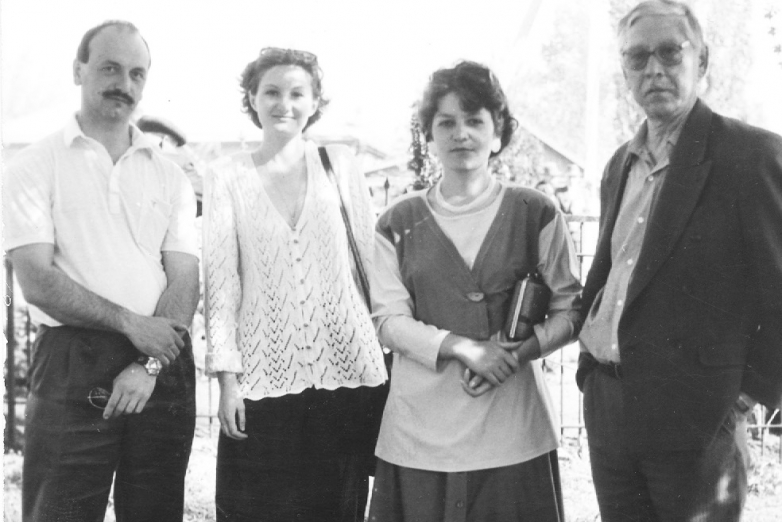
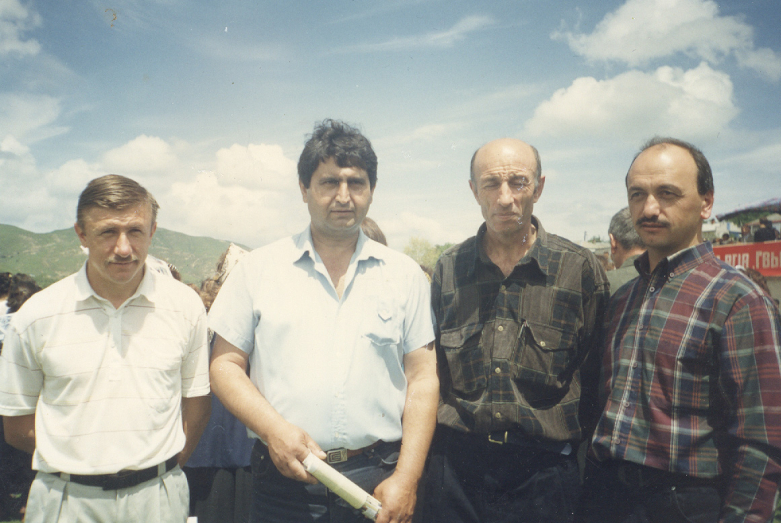
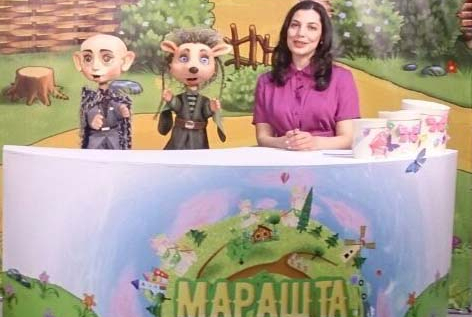
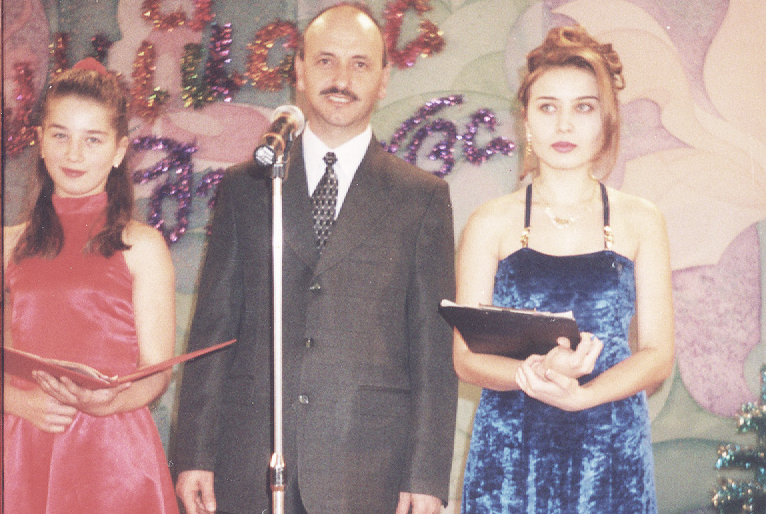
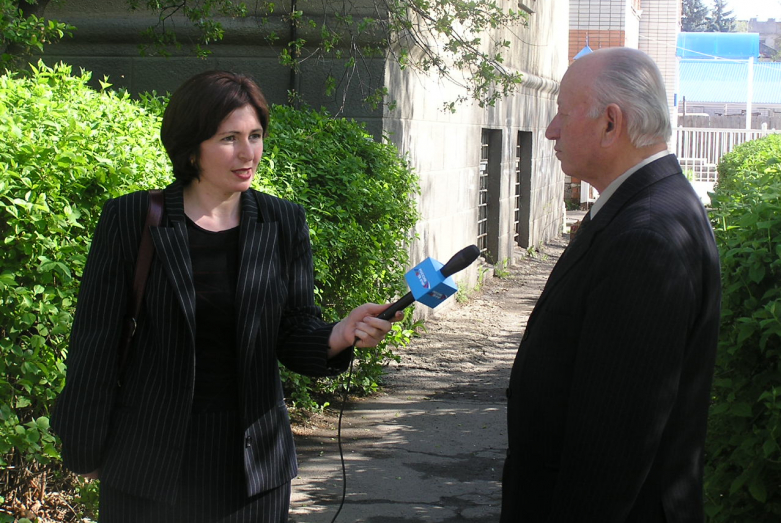
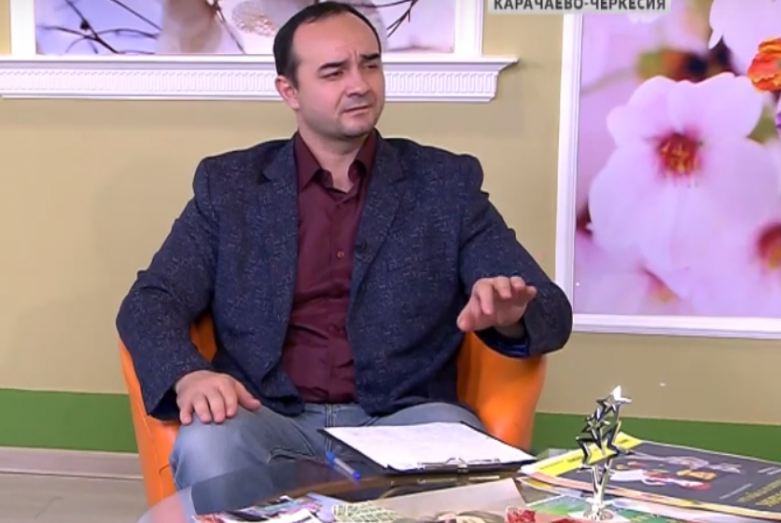
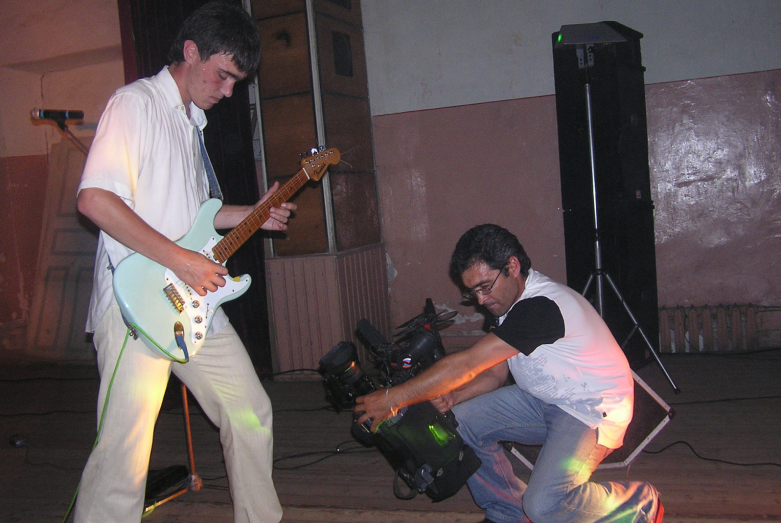
to login or register.